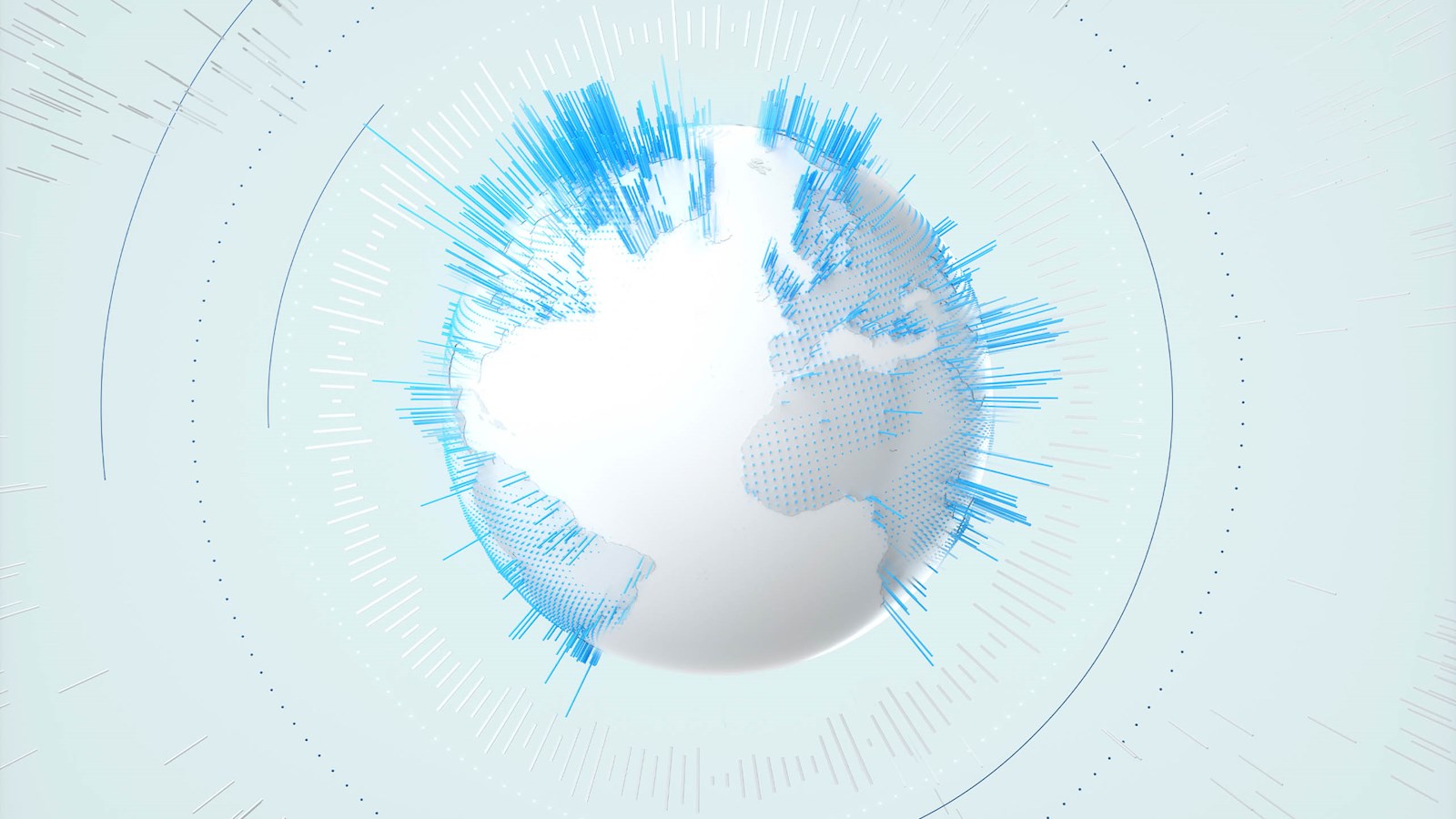
A sustainable future starts with data
If we are all to help save the planet, we should all take a long hard look at data creation and storage – it all consumes energy
Around 175 zettabytes of new data will be created annually by 2025, up from 33 zettabytes in 2018, says the International Data Corporation. What explains this massive shift upwards? Device-to-device communication of data, and the prevalence of machine learning in large part.
Yes, there is a financial cost associated with the maintenance and storage of this vast volume of data, but let’s also confront the environmental cost. How often do we consider the environmental impact of turning on the video during a conference call, or repeatedly streaming a music track? And when the marketing industry advises clients on their marketing strategies, how many fully integrate their carbon cost?
There are precious few standards for measuring the environmental cost of data consumption, so both companies and individuals are unaware which actions cause harm and how their actions measure up.
Responsible consumption encompasses both social and environmental impacts. In recent years, WPP’s focus has been on the social impact of data consumption and is already taking steps to tackle the social impact of data use. It is now time for our attention to turn to the impact of our data use on the environment.
Our own data pathway
WPP’s net zero ambition requires us to reduce the emissions from our own operations to net zero before 2025 and, beyond that, our commitment is to reduce emissions across our whole supply chain by 2030. To do this, we must measure the impact of our data use and find creative alternatives to how we work.
Compared with some industries, the marketing industry is not considered a major direct polluter, but that does not mean our work is without impact. And we have a more immediate downstream impact: we encourage individuals to consume our digital adverts and content so that our marketing messages reach the widest audience. Digital technology has increased both the volume and richness of content and made it easier to stream repeatedly rather than download.
While we may be confident our work has a downstream impact, the marketing industry doesn’t yet quantify that impact in a standardised manner. GroupM, our media investment network, is tackling this problem by consolidating its existing carbon offset measurements to create a single view across all channels in key markets.
Emissions data will be integrated with media partners’ data and used to influence media planning. By sharing the energy consumption impact of marketing activities when we present ideas to clients, we will enable clients to make decisions based not only on return on investment, but also on environmental factors.
GroupM’s goal is for all media plans to be net zero by the end of this decade. Furthermore, the measurement framework the team establishes will set the standard for WPP as a whole, and potentially the global marketing industry.
Our net zero ambition focusses attention on greenhouse gas emissions but there are, of course, many other aspects to environmental impact, such as pollution from the production of digital devices. GroupM is starting with emissions, and we anticipate reducing these will benefit our overall environmental footprint. We acknowledge, however, that this is just the starting point: future work must and will expand this scope.
Reducing the costs of production
WPP is also examining its production activities. We want to be able to offer our clients alternative ways of working that deliver the creative transformation they seek but with less environmental impact.
We have announced our Cloud Studio engagement with Microsoft, which will see WPP moving our on-premises studios for 4,000 of our creatives to the cloud to be able to work remotely using Azure – this will have a huge impact on our carbon footprint with teams collaborating globally.
Hogarth’s 25:25 initiative aims to recycle 25% of our film by 2025, saving approximate 100,000 tons of CO2. We know that approximately four hours of footage is shot to create one minute of film, but by making use of digital techniques to repurpose film and recycling existing footage we can significantly reduce our impact.
We’ve also partnered with Nvidia to capture locations virtually and bring them to life in studios with Omniverse. And we are using laser capture to turn over 10 million points on footage into a giant mesh – so that for the first time we can shoot locations virtually that seem as real as the places themselves.
Where to next?
We want to start widening the scope of our downstream measurement beyond paid media to other marketing activities and strategies. We want to know whether communication via owned platforms (email, web) significantly differs from communication via paid media, and whether more granular personalisation creates more emissions because more data processing is required – or less, because the volume of communication is reduced. Such detailed measurement will benefit our clients from a financial as well as environmental perspective, as both costs are intrinsically linked.
We also want to extend the focus of our responsible data use (both social and environmental) beyond doing less harm to using data for good; finding ways to use data for research and decision-making that will benefit the communities and environments we operate in. We will continue to work with Microsoft on responsible AI, and with Oxford University on the use of synthetic media in advertising.
We are also starting to explore the new world of data unions and how these will change the paid media landscape, and we will continue to foster a culture of data connection rather than data collection with our data catalogue. WPP has an ambitious net zero target, but we also want to transform how we use data because we believe responsible data use – in terms of both its social and environmental impact – is a growth opportunity and a differentiator.
For a fuller version of this article, please see Digital Sustainability 2021
published on
17 May 2022
Category
More in Technology & data

How to build your brand in-game
A new research report from WPP and SuperAwesome

WPP puts itself at the heart of collaborative 3D worlds
Pixar's 3D animation file format – USD – is the invisible building block of our digital 3D future.

A clarion call for AI, accessibility & advertising
Innovating at the intersection of AI, accessibility, and advertising

